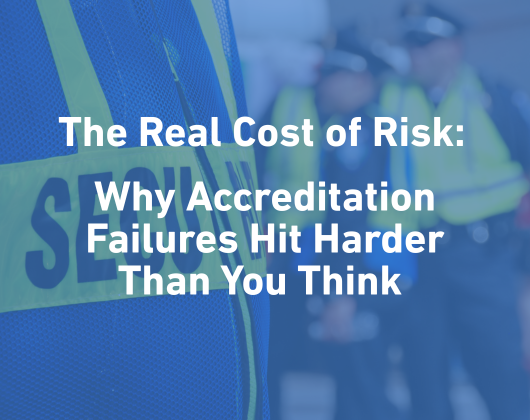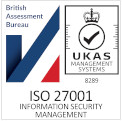The terms “access control” and “accreditation” are often mentioned together, yet they play very distinct roles in ensuring the safety, security, and smooth operation of an event. Understanding these differences helps in planning more effective event security strategies both broad measures to control entry and dedicated systems to manage accreditation based on roles and responsibilities. While access control and accreditation are often implemented together, they serve distinctly different purposes, each vital for the security and efficiency of an event.
Access Control: Ensuring Secure and Managed Entry
Access control is fundamentally the hardware used to manage entry into a venue. It is designed to efficiently handle the influx of crowds, ensure that attendees are valid ticket holders, and manage the physical barriers that prevent unauthorised access. This layer of security is critical for basic entry and capacity management, serving as the first checkpoint that everyone – from attendees to staff – must pass through.
However, access control primarily focuses on the perimeter for fan access, or the internal doors used by full time staff working at the venue, dealing with the question of whether individuals can enter through a certain point by scanning a ticket or swiping a badge. While effective at this level, it does not address deeper security concerns such as the specific roles or access rights of individuals once they are inside the venue, to ensure that only accredited personnel can access critical areas like media / broadcast areas, pitch or dressing rooms, backstage areas, or VIP.
Accreditation: Adding Depth to Security by understanding WHO is in your space
Accreditation is about much more than just controlling who can enter a venue. It involves a detailed verification process that identifies exactly who is entering, at what time, their purpose, and their specific role. This process includes issuing accreditation that details what areas of the venue a person can access, and crucially, where they cannot go. Specialised Accreditation platforms are rich in functionality, including the ability to manage multiple events simultaneously, import data, crop photos, manage communications, collect and check documents, and conduct background checks, assigning access levels on roles and time basis – all integral to executing a comprehensive security plan. It is important to not only know who is in your venue but also to make sure you have accredited the right person for each role.
Accreditation platforms are specifically designed to manage the complexities of large-scale events, handling potentially thousands of workforce, media personnel, and other stakeholders. They integrate with a wide array of systems – from HR, induction and training to scheduling – and allow for the creation of a robust, end-to-end access control plan that feeds into the larger operational and security strategies of an event.
The Real-World Impact of Effective Accreditation
With a dedicated accreditation system, event organisers can not only specify but also authenticate the various roles of personnel. This ensures that every individual is exactly where they need to be, equipped with the right access for their roles. It allows for a layered security approach, which is especially important in areas of high risk or sensitivity. Accreditation is the process that underpins issuing a badge, setting the threat level for the event, the level of personnel security you want to establish for your event. By using the correct software to enable that in a fast, effective and efficient way and as a true end to end process for the event. A robust accreditation process will increase operational efficiency through the reuse of data, building a profile on the individual, game to game, season to season, tournament to tournament, even day to day. This will also provide in-depth reporting for the management of areas, staff, pass production and more.
The difference between Access Control and Accreditation
While access control establishes the initial barrier to entry, accreditation defines and manages what occurs beyond that barrier. This approach creates a secure environment where everyone’s presence and movements are not only justified but meticulously documented.
Accreditation extends security measures, managing intricate details about roles and access rights, ensuring that every person is precisely where they need to be for their specific tasks. This comprehensive strategy enhances both the depth of the validation process and operational efficiency by covering every aspect of the event accreditation, from the initial entry points to the most restricted areas.
Together, access control and accreditation are not just complementary; they are integral to a security plan that ensures safety and efficiency from the gates throughout the event. Access control is not accreditation, it’s just one element of the accreditation process.
Time to talk?
Get in touch if you are interested in talking all things accreditation – info@accredit-solutions.com





![EAS-Accredit-300dpi[22]](https://www.accredit-solutions.com/wp-content/uploads/2024/01/EAS-Accredit-300dpi22-300x156.png)

